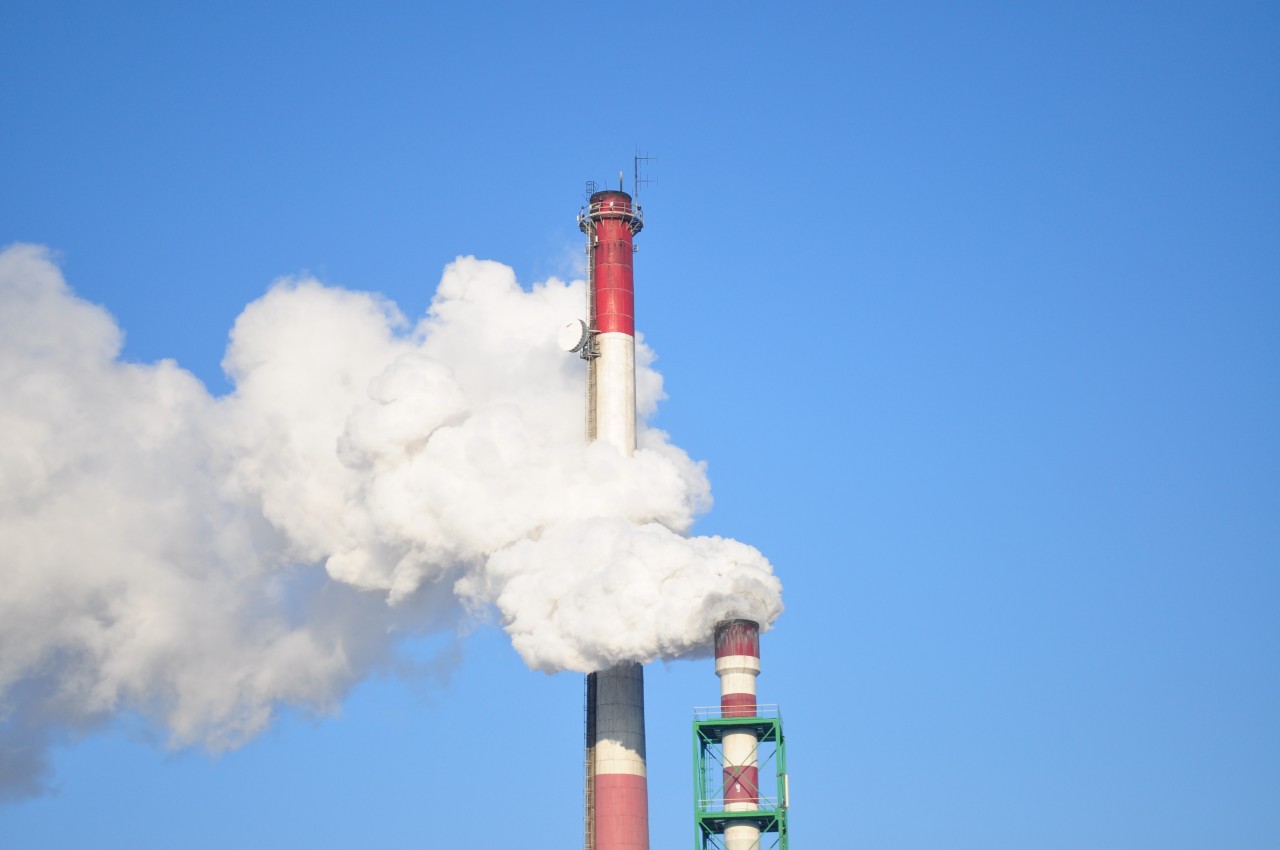BEMS – Records Emissions
DTLab Challenge with the State Agency for Energy and Climate Protection (LENK)

Overview
The State Agency for Energy and Climate Protection (LENK)supports the Bavarian State Government as a competence and advisory body in the implementation of the energy reform and the Bavarian climate protection offensive. Its tasks include the coordination of activities and the networking of state institutions with associations and other important external actors. Since the Bavarian government's goal is a completely climate-neutral administration, it is also responsible for documenting air travel by employees in the direct state service and compensating for the resulting emissions.
Problem
Until now, the LENK did not have a system to centrally record these air travels. Data received on air travel was requested from the individual departments via standardised Excel tables and then compiled in the LENK. There, the flight kilometres and the emissions were calculated individually.
Solution
Together with students of the courses business administration and computer science from the HM Hochschule München University of Applied Sciences, this problem gave rise to a DTLab challenge. The students designed an intuitive and time-saving software called "BEMS" (Bavarian Emission Measurement System), which centrally records official flights and automatically calculates CO2 equivalents for them. With its intuitive interface and step-by-step guidance during the input process, it facilitates flight input for employees. In addition, the automatic calculation of the CO2 emissions generated forms the basis for their subsequent compensation. The students were supported by Amazon Web Services (AWS) in the process.
Innovation in action
The solution was presented in the form of a web application called "BEMS" (Bavarian Emission Measurement System). It allows the uniform, centralised and kilometre-precise recording of air travel and saves time through the automated calculation of emission values. It also prevents errors, as data no longer must be compiled from different sources or entered intuitively but can also be imported collectively. This means that several flights can be entered at the same time. Another advantage is that a control function prevents input errors from occurring.
Once all data is in the system, it is possible to export it again for further processing. The flight kilometres are automatically determined based on the great circle distances between the airports entered.
During the challenge, the students discussed their progress with the LENK every fortnight. In this way, its employees were able to express wishes and to indicate open points during the development. The system now meets all the requirements that the LENK had set in advance for a recording and balancing tool for its task.
Next steps
The next step is to integrate "BEMS" into the public authority network. Then the LENK can determine how much CO2 will have to be retroactively offset from 2020.
About the Co-Innovation Lab
This challenge was carried out as a joint project between the DTLab and the Co-Innovation Lab of the Munich University of Applied Sciences. The Co-Innovation Lab is a comprehensive concept for innovation projects between students and companies. Temporary innovation partnerships - in the form of projects - are created between companies, students and lecturers. Initiated by Prof. Holger Günzel and Prof. Lars Brehm (both Munich University of Applied Sciences), more than 25 innovation projects are currently carried out each year, often on an interdisciplinary basis. The Co-Innovation Lab is structured as an open community. Interested lecturers can use the concept of the Co-Innovation Lab in their courses and are welcome to actively participate in its further development.
Semester: Summer Semester 2021
Faculty: FK07 Computer Science & FK10 Business Administration
Lecturers: Prof. Lars Brehm; Prof. Dr.-Ing. Holger Günzel
Challenge Partner: State Agency for Energy and Climate Protection (LENK)
Date: 17.07.2021
Supporting documents
During the challenge, the students created various documents:
More documents can be found on Github.